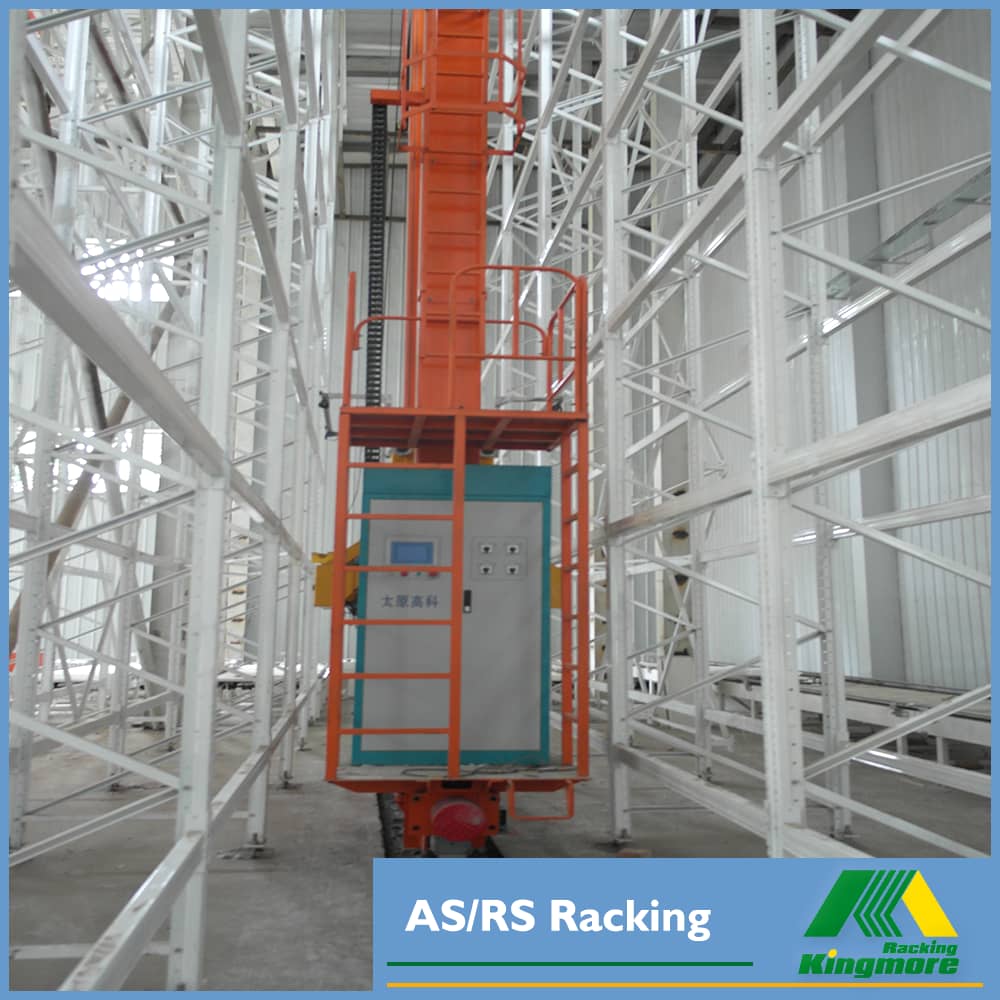Automated stereoscopic warehouse, also known as automated stereoscopic storage, is a mode of logistics warehousing. The use of stereoscopic warehouse equipment can realize the rationalization of warehouse high-rise, automatic storage and retrieval of goods, automatic transportation, automatic sorting, and easy operation. Automated stereoscopic warehouse is a form with a relatively high technical level at present. The main body of the warehouse is composed of shelves, aisle stacking cranes, inbound (outbound) warehouse workbenches, and automatic inbound (outbound) and operation control systems. The shelves are buildings or structures of steel or reinforced concrete structures. The shelves are standard-sized cargo spaces. The aisle stacking cranes travel through the aisles between the shelves to complete the storage and retrieval of goods. Computers and barcode or RFID technology are used in management.

After World War II, with the development of production and technology, stereoscopic warehouses were produced. In the 1950s after World War II, the United States had stereoscopic warehouses using bridge stacking cranes and driver-operated aisle stacking cranes; with the development of computer control technology, the United States built the world's first stereoscopic warehouse controlled by computers in warehouse management in the 1960s. Since then, automated stereoscopic warehouses have developed rapidly in Europe and the United States, and gradually formed a specialized discipline. In the mid-1960s, Japan's economy began to prosper. Therefore, stereoscopic warehouses began to be built. With the progress of Japanese science and technology. Automated warehouses are developing faster and faster, and their scale is getting bigger and bigger. Japan has become one of the countries with the most automated stereoscopic warehouses in the world today. Moreover, Japanese automated warehousing equipment manufacturers, due to their advanced technology and excellent equipment stability. They are becoming more and more well-known and have a place in the world automated warehousing equipment market. Because they can save land resources, have low construction costs, and reduce labor, they can effectively reduce logistics costs in production. At the end of the 20th century, automated warehouses developed rapidly around the world. With the continuous development of science and technology, advanced technical means were timely applied in automated warehouses: automatic storage and retrieval of goods, automatic transportation, automatic sorting, efficient collection of goods information, intelligent resource and inventory management and control. As more automated warehousing and logistics systems (WMS, WCS) and equipment (RGV, AGV, AMR, handheld terminals) are widely used, the efficiency of warehousing and logistics operations has been greatly improved and costs have been reduced. Take Haier as an example: After the completion of Haier Huangdao Stereoscopic Warehouse (5,400 square meters), 1,200 pallets were put in and out every day. It saves 12 million operating expenses each year (labor wages, external warehouse rental fees, and freight from workshop to external warehouse rental) and reduces the cost of material inventory by 140 million.
The development of my country's three-dimensional warehouses, since the first automated three-dimensional warehouse was built in Zhengzhou Textile Machinery Factory in 1974, by 1980, 21 automated three-dimensional warehouses had been built or were under construction in my country. By 2003, the number of automated three-dimensional warehouses in my country had exceeded 200.
---By Zita Jian
5th, June 2024

Add: RM. 1204, BLDG.-2, NEW SPACE DEVELOPMENT CENTER, NO.126 TIANYUAN RD., JIANGNING, NANJING, CHINA.
Copyright 2025@ Jiangsu Kingmore Storage Equipment Manufacturing Co., Ltd All Rights Reserved.
Sitemap
| Blog
| Xml
| Privacy Policy
 Network Supported
Network Supported